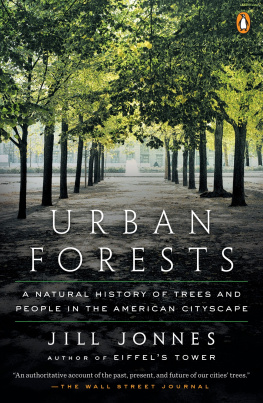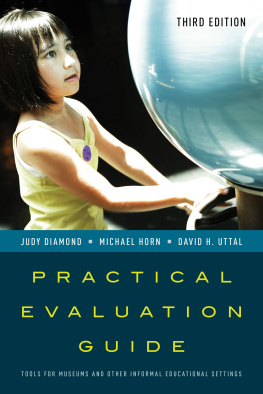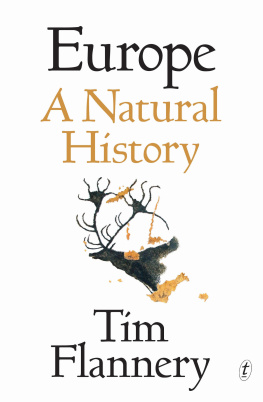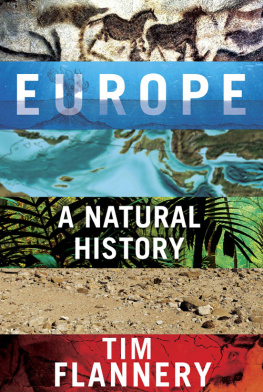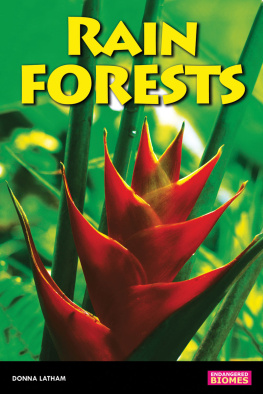Thank you for downloading this Scribner eBook.
Join our mailing list and get updates on new releases, deals, bonus content and other great books from Scribner and Simon & Schuster.
C LICK H ERE T O S IGN U P
or visit us online to sign up at
eBookNews.SimonandSchuster.com
We hope you enjoyed reading this Scribner eBook.
Join our mailing list and get updates on new releases, deals, bonus content and other great books from Scribner and Simon & Schuster.
C LICK H ERE T O S IGN U P
or visit us online to sign up at
eBookNews.SimonandSchuster.com

Scribner
A Division of Simon & Schuster, Inc.
1230 Avenue of the Americas
New York, NY 10020
www.SimonandSchuster.com
Copyright 1997 by Vicki Croke
All rights reserved, including the right to reproduce this book or portions thereof in any form whatsoever. For information address Scribner Subsidiary Rights Department, 1230 Avenue of the Americas, New York, NY 10020
First Scribner ebook edition November 2014
SCRIBNER and design are registered trademarks of The Gale Group, Inc. used under license by Simon & Schuster, Inc., the publisher of this work.
The Simon & Schuster Speakers Bureau can bring authors to your live event. For more information or to book an event contact the Simon & Schuster Speakers Bureau at 1-866-248-3049 or visit our website at www.simonspeakers.com.
ISBN 978-1-5011-0327-8 (ebook)
For my mother and father
ACKNOWLEDGMENTS
W RITING A BOOK is supposed to be a lonely activity, but I found that, like a Cecil B. de Mille production, it requires a cast of thousandsfriends and family whod do anything to help and total strangers who care deeply about their field and will do anything to provide the writer with accurate information.
I have been touched by so much generosity of spirit that I have learned as much about kindness as I have about zoos.
First, I want to thank Roger A. Caras: mentor, idol and friend. Roger and his wife, Jill, have shown me the planetthe Arctic Circle, Africa, the Galapagos Islands and Australia. Roger has introduced me to a world of deep thought and compassion. I am grateful for his help, humbled by his achievement and honored by his friendship.
To Henrietta Aladjem or Chief. She is the science writer and seer who has guided and believed in me since I was a sickly and skinny fourteen-year-old suffering from lupus.
To Louise Kennedy: talented writer, gifted editor and tolerant neighbor. If the book could have been published with Louises margin notes, it would have a real shot at the best-sellers list.
To the BiandosJohn, Charles, Andrew, Linda and Davidfor their enthusiasm and love.
To Dorothy Greelis for the single-malt scotch and the wheaten wolfhounds. To Amy Macdonald for the suppers and gossip. To Sean Mullin for the computer handholding.
I also want to thank:
Perry Knowlton, my learned agent, who is elegant in the city, rugged in the country, and always a good friend.
Hamilton Cain, who showed me the way to more vivid writing.
John Lehnhardt, of the National Zoo, who invited me into his magic sphere of elephants, spending a great deal of his time coaching me until I got it right. I not only gained a great resource, I hope Ive also acquired a friend.
Tony Vecchio and Anne Savage of the Roger Williams Park Zoo in Providence, Rhode Island, who opened their zoo and their minds to me. If all is right in the world, Tony is the wave of the futurea forthright and modest man.
Vernon N. Kisling Jr., who was my guide and safety net on the history chapter.
Kathi Travers, my partner in zoo crime.
Rick Barongi, Dianne Ledder, Carol Carniaux, Jane Hartline, Steve Cohen, Linda Corcoran, Georgeanne Irvine, Werner P. Heuschele, John Seidenstickerall zoo people who lent opinions and, in many cases, guest bedrooms.
Wilson Harris for a home in Atlanta.
I want to thank my dear friend Bernadette Rossi Lehr, who even in death taught me about life.
To Lacey, my grand and noble Irish wolfhound, who stayed by my side until this book was finished. To Tess Trueheart, her great-niece, through whom her legacy will continue.
And to Scott Beckman, my love.
CONTENTS
INTRODUCTION
A S I STOOD watching a small group of orangutans at the Los Angeles Zoo on a bright December day, the keeper, Rosemarie Weisz, invited me to come back later and visit with them more closely in their night quarters.
The orangutan exhibit itself told me very little about orangutans and how they live in the wild. In fact, watching the handful of red apes sitting on a rough, barren mountain of gunite gave a false impression of them. Orangutans are fairly solitary in the wild (except for mothers with infants and courting males), and their habitat is dense, wet jungle. Later, as the chill of evening set in, I did learn an important lesson about the heart of the zoo.
Back in the grim night quarters, I fell in love with a handsome thirty-year-old redhead named Louis. Male orangs weigh up to two hundred pounds, have long, shaggy red fur and sport balloonlike round cheekpads on a fleshy face. Each orangutan, housed in a separate, barred area, was taking a night meal of fruits and vegetables. Louis is a gentleman, the keeper said. You can go see him. Louis was drinking warm cider from a paper cup, and unlike any animal I had ever seen, he was sipping it, savoring each mouthful like a sophisticated vintner. Suddenly, Louis extended his huge catchers mitt of a hand between the bars, palm up. He wants to hold your hand; its OK, Rosemarie called out as she checked on the others. I placed my puny hand in the center of his and then began to massage his fingers and palm. Between sips of cider, Louis groaned with pleasure. I felt as though nature itself reached out, held my hand and touched my soul. Louiss devoted keeper laughed sympathetically and said, Oh, Louis, another female for your harem. A female orang nearby hurled an apple at my thigh.
It is rare for a zoogoer to have such an intimate experience, yet this truly is why we flock to zoos in such great numbers120 million a year in the United States. Even in the decrepit L.A. Zoo, which is finally being renovated, one comes to realize that zoos are intrinsically a celebration of life. These magnificent animals, no matter the setting, are sparks of light in a dark world. The zoogoing experience strikes a primitive, visceral and, yes, even spiritual chord. At the zoo we can see that we are as tall as the giraffes knee, or that the polar bears paw is larger than a human head. Seals swoop around the tank with an agility that makes us smile.
At Chicagos Lincoln Park Zoo, I watched a massive silverback named Gino leap and lunge around his exhibit with Bahati, a tiny three-year-old baby gorilla, in exuberant, gentle play. On a cold and rainy day in Tacoma, Washington, when the zoo was empty, I jotted down notes in front of a glass-paneled underwater viewing area. When I glanced up from my notebook, I noticed a set of eyes fixed on me. Then for half an hour a female fur seal named Duffy mirrored my every move as I ran, turned, twirled, dodged, feinted and exhausted myself. At New Yorks Bronx Zoo I shivered in deep snow as three heavily furred young snow leopards stalked and chased one another through the creamy drifts of their frozen habitat.
My best zoo encounters were all about feeling. What we take away in our heads from zoos is questionable, open to interpretation, but what we take away in our hearts is irrefutable. E. O. Wilson, Harvards famed entomologist, calls this response biophiliathe arguably genetic longing most of us have for nature.


